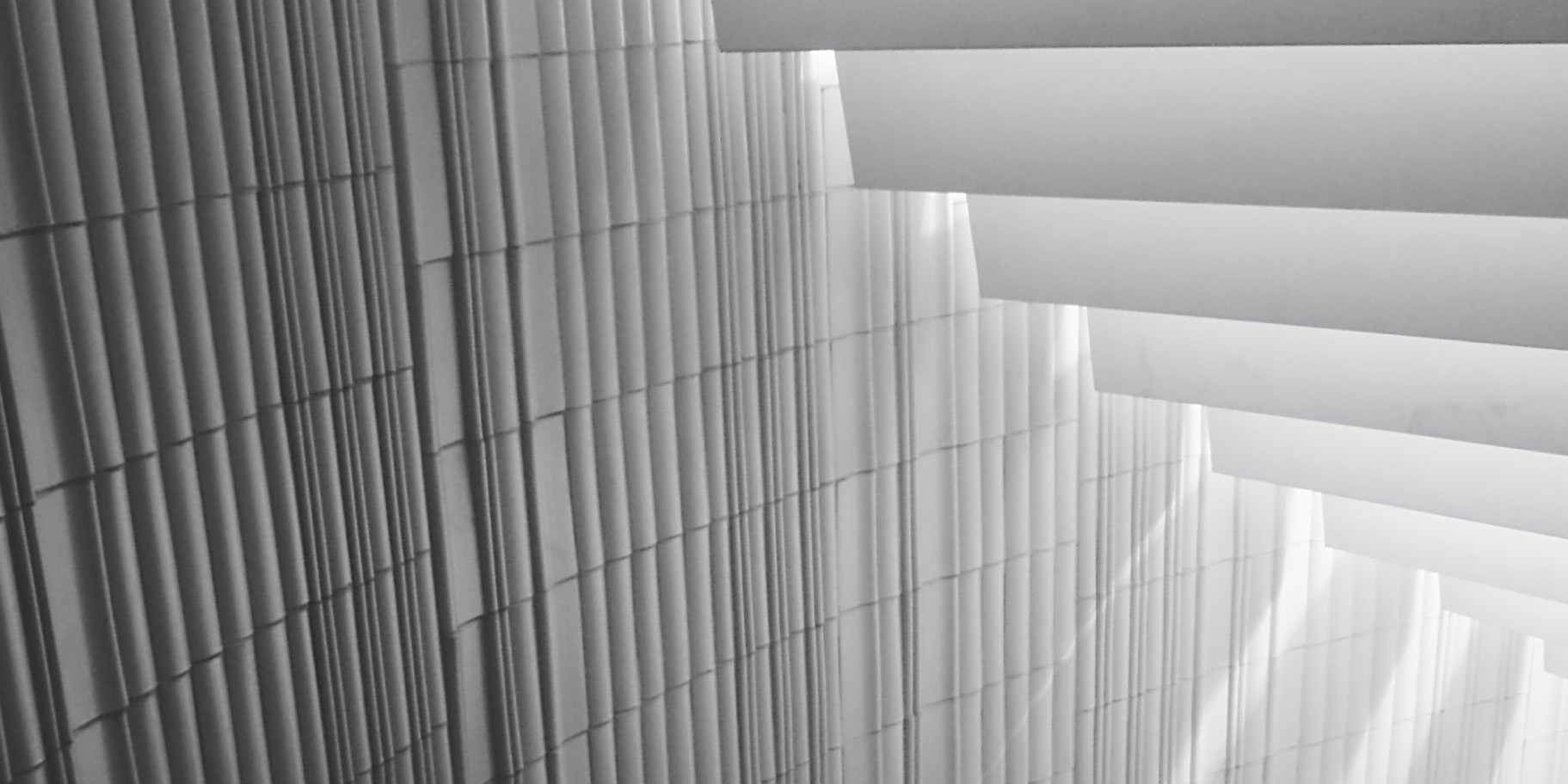Ještěd / Documenting the Qualities of Post-War Architecture
The Ještěd TV tower and mountain hotel is a work unique in silhouette and singular in detail, a monument of the first order, and a symbol of the town and region of which it is a part. However, a number of questions arise when it comes to conserving the qualities of architecture from the second half of the 20th century. For this reason, a group of architects, conservationists, historians and architectural theorists assembled at Ještěd, and the outcome of that meeting is this publication. The authors are Ondřej Beneš, Lukáš Beran, Matúš Dulla, Benjamin Fragner, Ondřej Fischer, Jiří Křížek, Miroslav Masák, Jana Pauly, Miloš Solař, Oldřich Ševčík, Pavel Škranc, Rostislav Švácha and Petr Vorlík.
Works of architecture from the 1960s have in recent years been evoking ever greater interest among the public. The first books devoted to charting and interpreting this period have been published, important artists have been identified, and exhibitions have been organised. Equally, however, other structures have been inappropriately converted and the detailed designs of their interiors and characteristic claddings have been destroyed or without forethought entire structures have vanished—and even the still living authors of these works have been able to prevent this. The number of decisions to grant protected status to buildings from this period in the Czech Republic can literally be counted on the fingers of one hand. As a national cultural monument the Ještěd TV tower and mountain hotel is all the more striking an exception. Perhaps that is why the interpretations of the significance and scope of the legal protection it enjoys vary surprisingly.
Ještěd was declared a cultural monument back in 1998 and at the start of 2006 he was given the status of National Cultural Monument, which requires its nomination for entry on UNESCO’s World Heritage List. In 2007 Ing. arch. Věra Kučová invited the VCPD to prepare the information for the building’s nomination (for the Central Office of the National Heritage Institute), and these materials were prepared by Mgr. Lukáš Beran. The condition of the mountain hotel’s and restaurant’s original interiors stood out as of key significance for the site’s future use. Consequently, in 2008 the National Heritage Institute commissioned Ing. arch. Petr Vorlík, Ph.D. to prepare within the VCPD and in cooperation with external experts thorough technical and structural documentation for all the interior elements based on a structural-historical study of the site, analyse the nature of the elements and their level of authenticity, and draw up the first proposal for their reconstruction to serve as the basis for the expert discussion.
The VCPD convened the working meeting at Ještěd Hotel on 11 March 2009. The day before, conservationists, architects, historians and architectural theorists toured another work of architecture in Liberec by the architects Karel Hubáček, Ještěd Shopping Centre, and for many of them this was the last time as just fourteen days later demolition of the site began. The discussion thus extended to take in the entire issue of the conservation of post-war architecture. A publication was prepared on the basis of the talks given during the meeting titled Ještěd / Documenting the Qualities of Post-war Architecture.
The processes of obtaining heritage protection for the site and nominating it for inclusion on UNESCO’s World Heritage Site is described in the publication by Mgr. Jiří Křížek. Ing. arch. Petr Vorlík Ph.D. provides information about the results of the above-mentioned documentation of the site’s interiors. An opinion on its reconstruction is presented by Johanna Pauly PhDr. Pavel Škranc describes and interprets the art works that form an indelible part of the structure. Ing. Ondřeje Fischera DrSc. describes some other less known structural designs for the tower. A theoretical interpretation of the Ještěd structure is put forth by doc. PhDr. Oldřich Ševčík Csc. and Ing. arch. Ondřej Beneš, and prof. Ing. arch. Matúš Dulla DrSc. proposes a parallel with the New Bridge in Bratislava. The architect prof. Ing. arch. Miroslav Masák dr. h. c. and the historian prof. PhDr. Rostislav Švácha CSc. both describe their experiences with working to get structures listed as cultural monuments. In conclusion, the specific problems that the reconstruction of Ještěd must confront are summed up by Ing. arch. Miloš Solař. These contributions are accompanied by the minutes from the final discussion, moderated by prof. Ing. arch Petr Urlich, in which prof. Ing. arch. Jiří Suchomel, PhDr. Josef Štulc, prof. Ing. arch. Tomáš Šenberger, Mgr. Martin Strakoš and Mgr. Jakub Potůček also took part. Following the meeting at Ještěd a questionnaire was distributed to all the participants and guests to get their opinions on how specific elements of the structure should be handled in the future and the publication also includes their assessments.
Petr Vorlík – Benjamin Fragner – Lukáš Beran (edd.), Ještěd / Documenting the Qualities of Post-War Architecture, Prague 2010.
96 pages, Czech, English/German introduction and summary, 24 images, ISBN 978-80-01-04475-9 / contributing editorial work Vladislava Valchářová, Jan Zikmund / translation Robin Cassling / scientific review Věra Kučová, Petr Kratochvíl / graphic design Jan Forejt / typesetting and print Studio Element / published by the Research Centre for Industrial Heritage and the Faculty of Architecture CTU Prague in cooperation with the National Heritage Institute
download (pdf, 3,06 MB)

